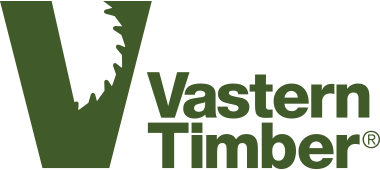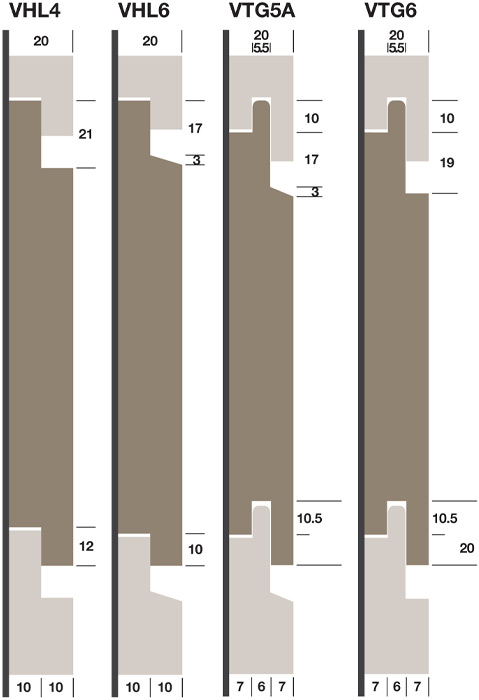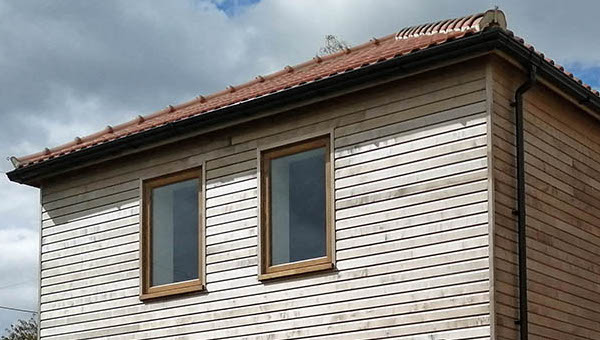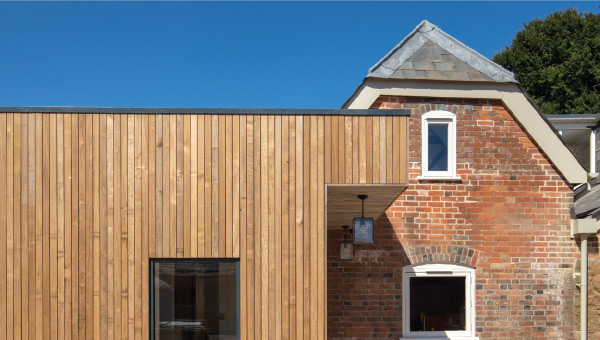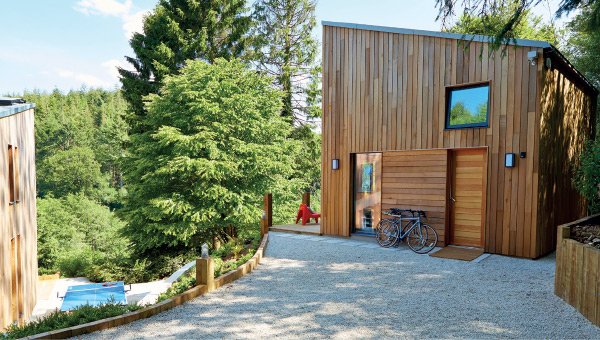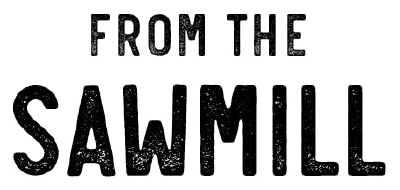Brimstone Sycamore Cladding
Sourced from local woodlands and transformed with intense heat, Brimstone sycamore offers superior performance for exterior cladding. Brimstone sycamore cladding is a very stable and durable hardwood with a low knot content.
Style
Contemporary / modern
Profiles
All machined profiles
Source
British woodlands
Beware
Brittleness

Brimstone Sycamore Cladding
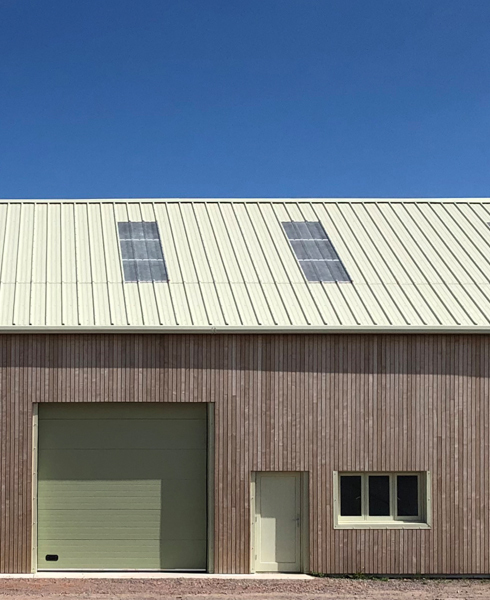
Brimstone Sycamore Cladding
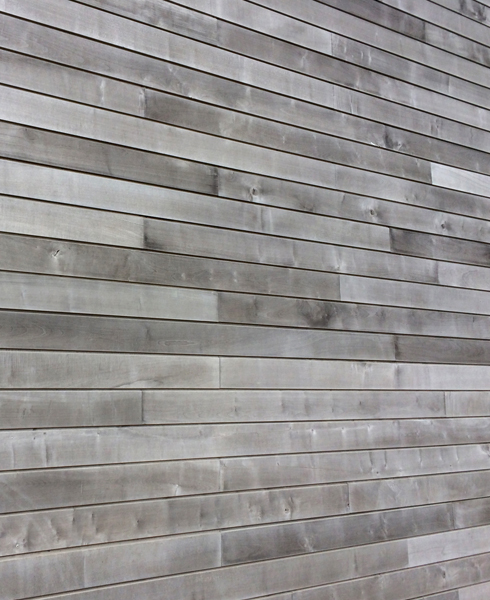
Brimstone Sycamore Cladding
Brimstone Sycamore Cladding Features
Being both durable and stable Brimstone sycamore is functional as well as being very attractive. The silky grain and natural ripple often found in sycamore, is accentuated by the thermal process resulting in a stunning visual affect.
The durability and colour of thermally modified sycamore make it an ideal alternative to imported Canadian western red cedar and tropical hardwood species for both indoor and outdoor cladding.
Brimstone uses hardwood sourced exclusively in Britain, helping to support our woodland economy. It is a fast growing renewable material, responsibly harvested and Grown in Britain certified.
Brimstone sycamore is transformed by thermal modification, a chemical free process that reconfigures wood by superheating it to over 200 degrees. The result is a stable and durable material, highly resistant to pests and rot, and certified to withstand the weather for over 30 years.
Call us to discuss your project
Specification
Brimstone Sycamore Cladding from Vastern Timber
- Thermally modified British sycamore
- Sourced from legal and well-managed woodlands in England and Wales.
- Supplied by Vastern Timber (sales@vastern.co.uk)
- Grade BS1186-3 Class 1 / EN942:2007 J10
- Finished thickness of 20mm
- Overall finished widths 70mm / 95mm / 120mm / 145mm
- Random lengths 1.5mt – 3.0mt+
- Available in various profiles
- Moisture content of 4 – 6%
- Durability EN350-2 Very Durable. Class 1 (Above ground use only)
- Supplied uncoated. No treatment required.
Characteristics
Appearance
Brimstone sycamore is a consistent brown colouring with a silky grain pattern. The wood may contain occasional small sound knots.
Weathering
The modification process removes most natural extractives resulting in relatively consistent weathering that is largely free of staining. Weathering to a grey colour occurs more quickly than for non-modified timber. Surface mould sometimes grows on south facing elevations; this can be neutralised various treatments or white wine vinegar.
Desired service life
Occasionally wet 60 yrs. Frequently wet 30 yrs.
Movement class
Small
Resistance to impact
Medium
Working properties
Thermally modified woods are more brittle than untreated wood. Care should be taken when cutting and nailing to prevent chipping and break out. Pre-drilling is advised.
Density
550 Kg / M3
Extractives
The modification process involves no chemicals and most naturally occurring chemicals in the wood are removed during the process. Thermally modified wood can be treated as inert.
Installation
How to fix
Hand nail with stainless steel nails through the face or through the tongue on suitable profiles. Alternatively use a second fix nail gun and insert two nail per batten at opposing angles.
It’s important to include a 2mm expansion gap.
For more information, visit the resource centre.
Batten type
Treated softwood. 35mm thick x 50mm wide
Batten spacing
400 – 600mm
Nail type
Stainless steel only. 50mm ring shank nails for hand nailing or 50mm second fix brad nails if using a gun. Trim head stainless steel screws are also suitable.
When to fix
Year round.
Resistance to fixing
Medium. Modified wood is brittle and should be treated with care.
Profiles
We machine timber cladding to the profile of your choice. View our full range of cladding profiles.
Recommended profiles for Brimstone sycamore:
Disclaimer
While the utmost care has been taken to provide accurate information, Vastern Timber shall not be held responsible for any consequences arising from any errors or omissions on this website nor for any damages resulting from the use of the information.
